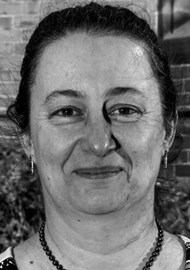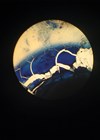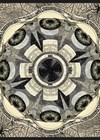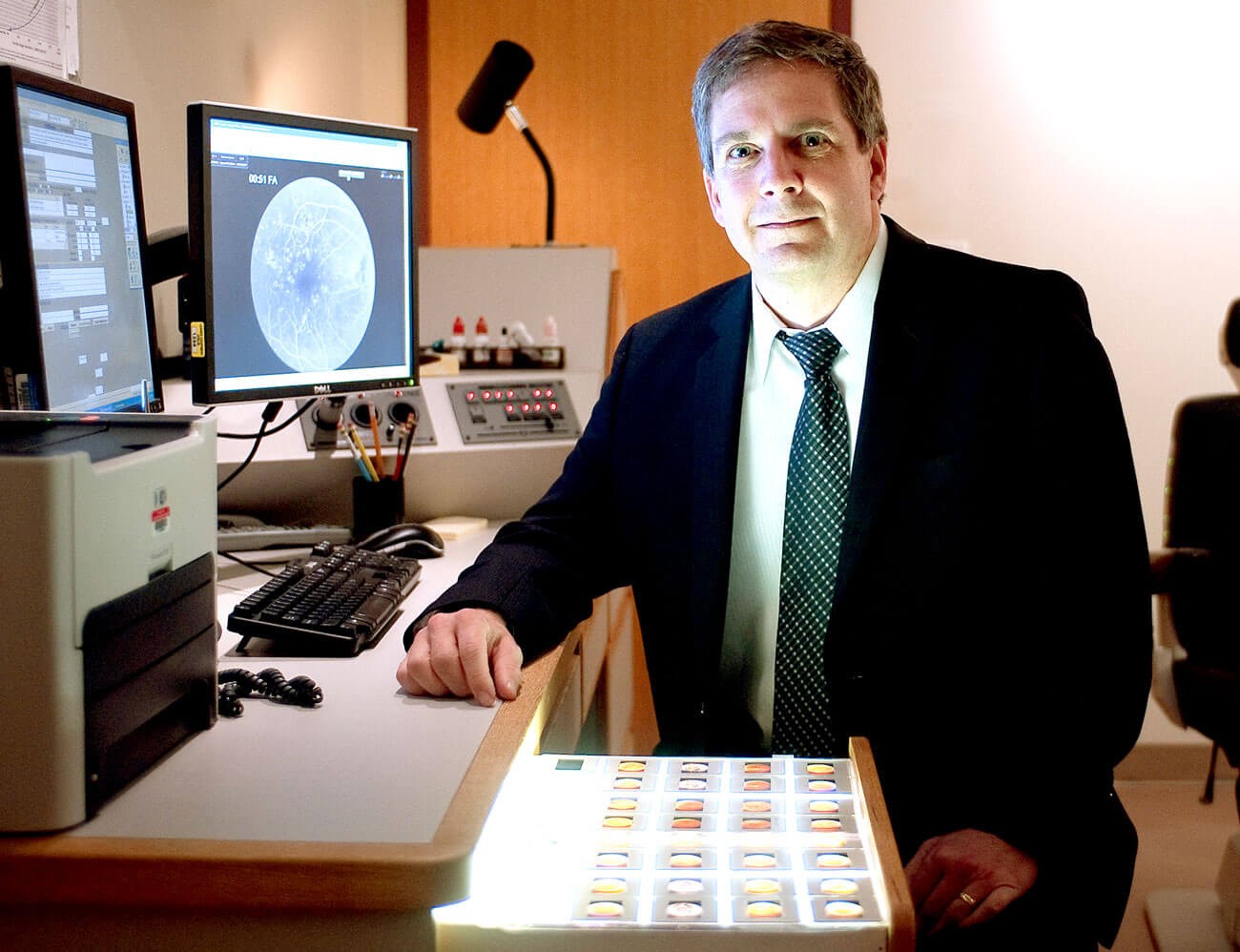
Lloyd Paul Aiello.
It was an absolute privilege to speak to Lloyd Paul Aiello, Professor of Ophthalmology, Harvard Medical School, and Vice President of Ophthalmology and Director, Beetham Eye Institute, Joslin Diabetes Center, USA. Prof Aiello is a third-generation ophthalmologist, following in the successful footsteps of his father and grandfather.
His commitment to eliminating visual loss from diabetic retinopathy (DR) has been acknowledged globally in the field of ophthalmology. According to Prof Aiello, his greatest career achievements are:
- “Being a leader in the discovery of the role of vascular endothelial growth factor (VEGF) in diabetic eye disease and spearheading many of the studies that proved the usefulness of anti-VEGF therapies and defined the standard of care for diabetic retinopathy and diabetic macular edema.”
- “Being the inaugural chair of the Diabetic Retinopathy Clinical Research Network (DRCR Net) and leading its start-up and initiation to become the premiere diabetic eye disease clinical research network in the country.”
His wonderful career accomplishments led to him being named on the 2020 power list of ophthalmology. During my correspondence with Prof Aiello, I learn about his passion for marine and wildlife photography outside his profession. When asked what sparked his interest, he replied:
“In high school I worked as a mountaineering guide in the Colorado Rocky Mountains – some of the most beautiful landscape in America. Since then, I wanted to be able to produce images that could give the viewer an appreciation of the amazing special moments that occur in the wilderness. I’ve been an expert scuba diver for over 30 years which gave me the opportunity to share even more unusual and exceptional experiences. I have always loved the wild places, and so my efforts focus on the mountains, the deserts and under the sea.”
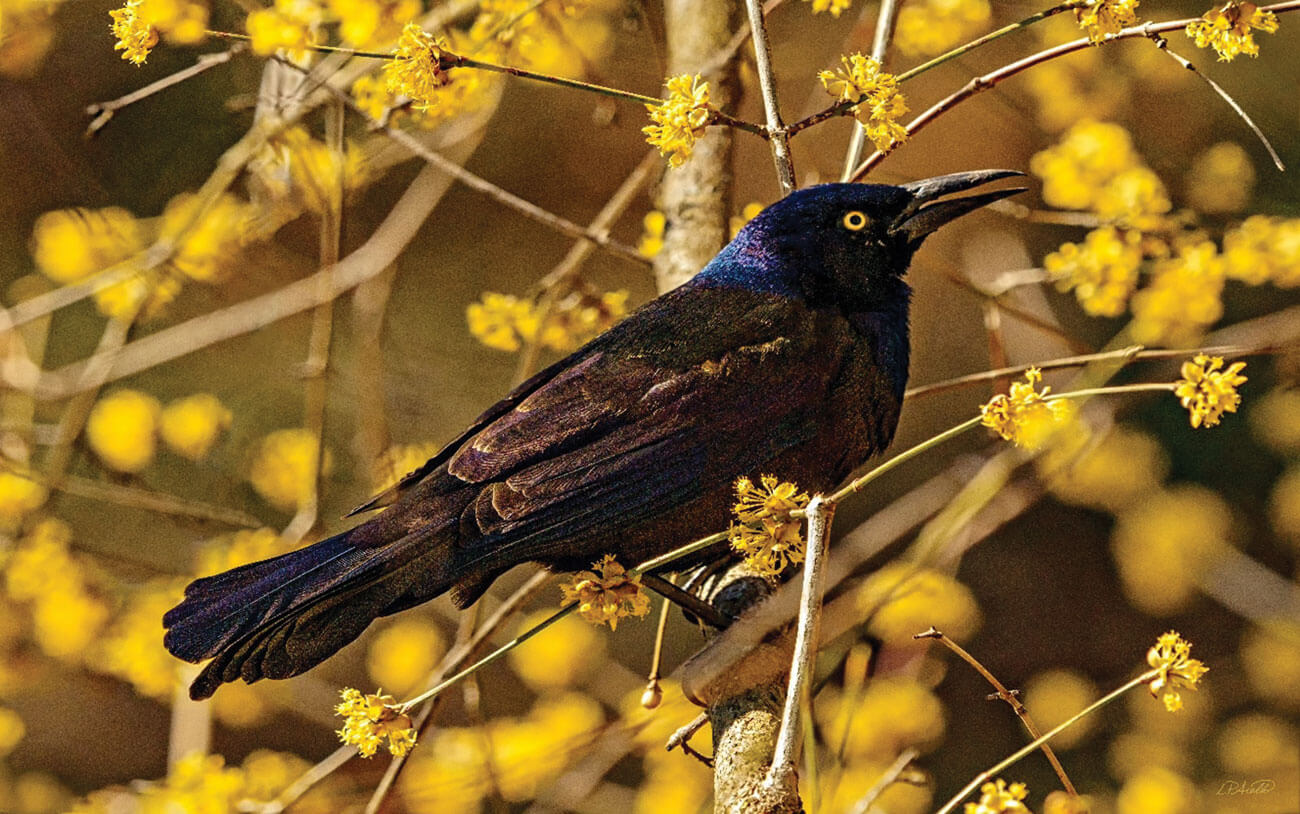
The Bronzed Common Grackle (Quiscalus quiscula) is the most common member of the blackbird group and is found throughout the eastern United States and southeastern Canada. In this image, its characteristic yellow iris matches the witch hazel (Hamamelis spp) blooms of early spring.
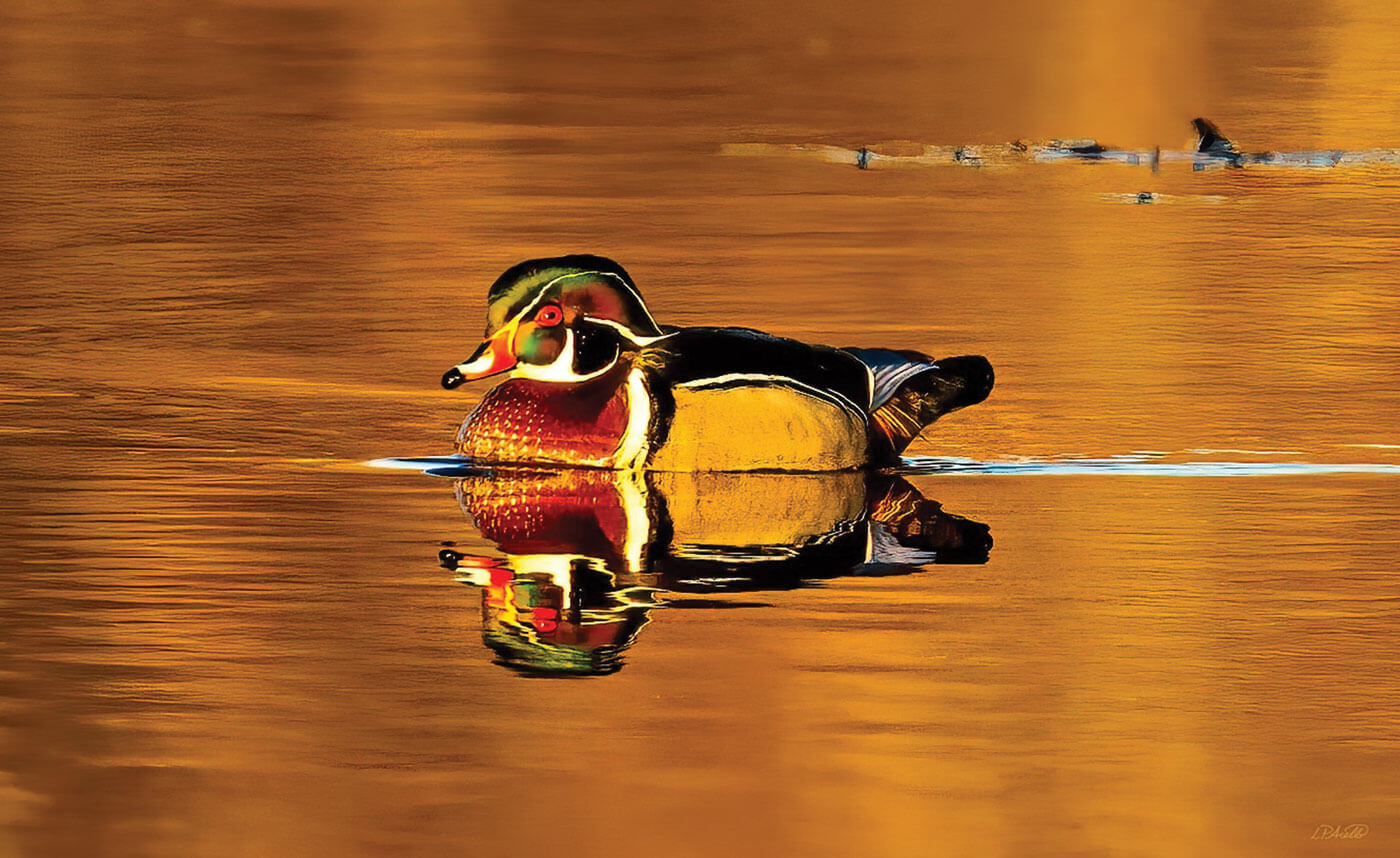
An American Wood Duck (Aix sponsa) is reflected in placid waters shortly after sunrise as it swims across a marsh at Great Meadows National Wildlife Refuge in Concord, Massachusetts.
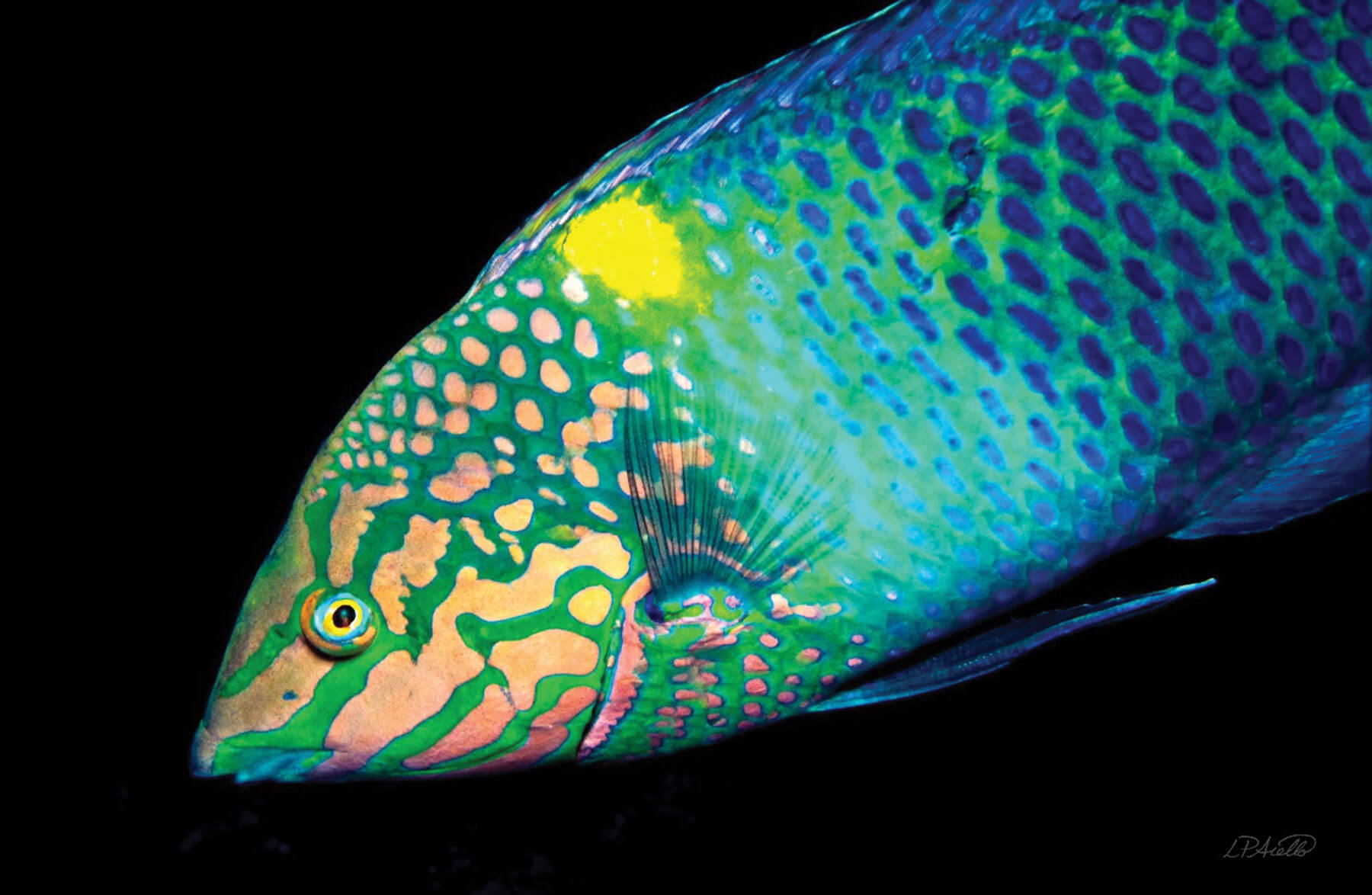
A fully grown checkerboard wrasse (Halichoeres hortulanus) swims 45 feet below the surface of Ras Muhammad National Park in the Red Sea, Egypt. These fish start life as a female and later becomes male when they mature at about 12.8 cm (5.0 inches) long. They also change appearance with age, being white with three black and dark red vertical patches when juvenile.
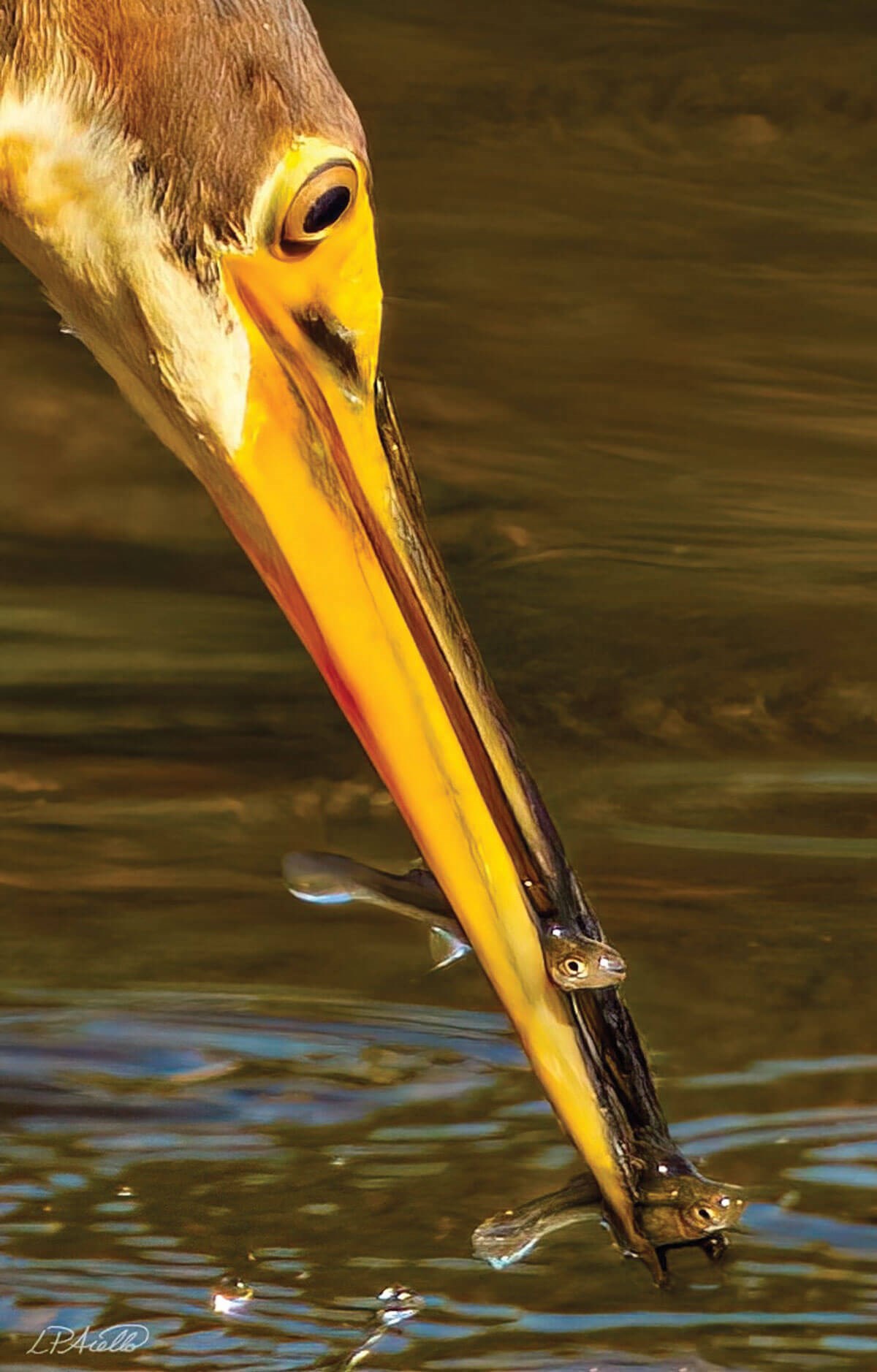
Less than ONE second after plunging its head into an alligator breeding marsh in Orlando, Florida, this juvenile Tricolored Heron (Egretta tricolor) emerges having captured two fish simultaneously in its beak for its morning meal.
Prof Aiello has kindly shared some of his truly inspiring photography work. His passion of wildlife photography is undoubtedly spectacular and clearly illustrates a fine eye for detail.
COMMENTS ARE WELCOME





